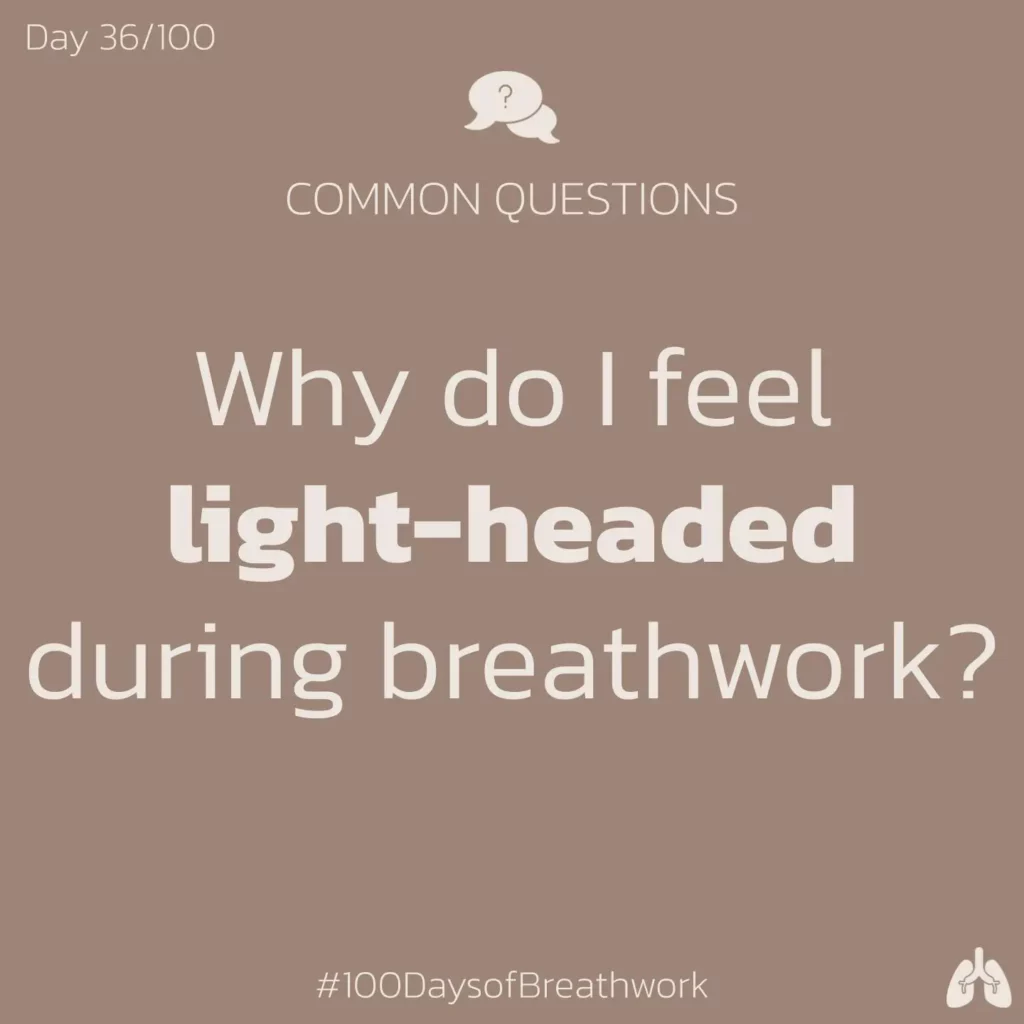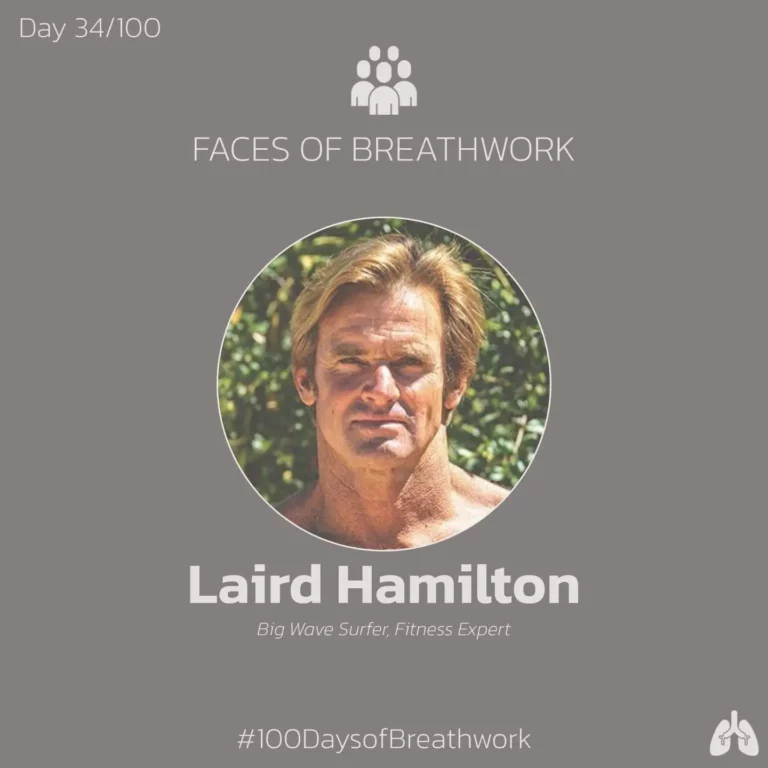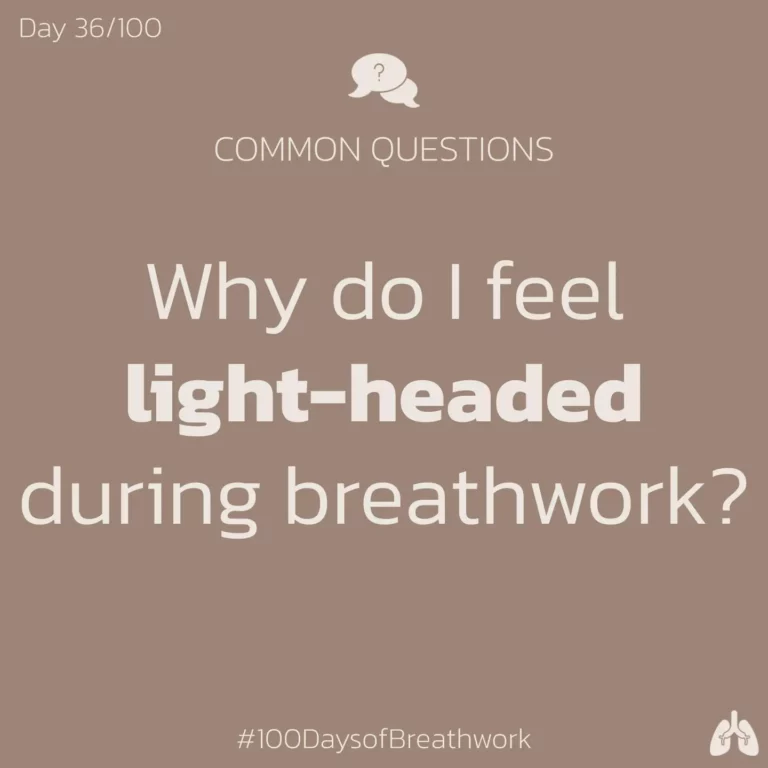
100 Days of Breathwork: Recap of Days 31-36
We are on Week 6 of our 100 Days of Breathwork Challenge and we are on a roll! This week we get to know about an interesting breathwork style from the 1960s. We also get to meet one of the prominent faces of both the Breathwork movement and the surfing scene. Finally, we also get to answer one of the most asked questions regarding a phenomenon after each breathing exercise. Read on.
Day 31: History of Breathwork
Rebirthing Breathwork: the next chapter in the resurgence
Rebirthing breathwork is a style that was originated by psychotherapist Leonard Orr over the course of 10-15 years, starting in the 1960s. It was developed as a process for healing that induces deep relaxation and an expanded state of consciousness.
When the body feels safe, the mind feels safe, and therefore unresolved emotions, memories, and trauma can come to the surface. Given its powerful consequences, it is obvious that a trained facilitator must be heavily involved.
How does Rebirthing breathwork work? The breathwork technique used in rebirthing is called Conscious Energy Breathing, or CEB. With instructor supervision, the breather begins to do “circular breathing,” which are quick, shallow breaths without any breaks between an inhale and an exhale.
After 1-2 hours of this, based on the experience of Orr and facilitators, it is said that a sense of relaxation and a deeper state of consciousness is reached, and the body and mind can purge the trauma held inside.
Day 32: Situational Breathwork
Breathwork for deep relaxation
In this technique, you breathe in as you tense a muscle group, then breathe out as you release it. Progressive muscle relaxation helps you relax physically and mentally.
Progressive Muscle Relaxation:
- Lie comfortably on the floor.
- Take a few deep breaths to settle into your body.
- Breathe in. Tense the muscles of your feet.
- Breathe out. Release the tension in your feet.
- Breathe in. Tense your calf muscles.
- Breathe out. Release the tension in your calves.
- Work your way up to your body, tensing and relaxing each muscle group as you go.
- This includes legs, hips, chest, back, arms, hands, shoulders, neck, jaw, and face.
- This technique works to engage and relax your muscles in parallel with the breath to down-regulate your nervous system.
The result? Total relaxation.
Day 33: The Science of Breathwork
Systems of the body engaged during breathwork
This week we’re going into the science of the bodily systems that are engaged during breathwork.
For now, we’re simply identifying them (and maybe briefly mentioning what they’re up to). But we won’t be going deeper into the changes in activity. For that… it might require more than an Instagram post 🙂
Also note: it is worth it to mention that we are talking specifically about the activation style of breathwork here for this post.
There are many bodily systems that are engaged during activation breathwork, but some of the most major ones are:
- Autonomic Nervous System
- Both ends of the spectrum – Sympathetic and Parasympathetic – are put into play during breathwork
- Immune System
- Both our Innate and Adaptive Immune System
- Endocrine System (hormones, etc.)
- Breathwork prompts a release of adrenaline and activates the part of the brain that controls opioids/cannabinoids (assoc. with mood/anxiety)
- Respiratory System
- Increased lung capacity has been shown to result from breathwork practice, among other positive effects
- Cardiovascular System
- Vasoconstriction (tightening) of blood vessels is a common side effect while doing breathwork; this is typically not a bad thing, and in fact, can strengthen your cardiovascular system and decrease blood pressure

Day 34: Faces of Breathwork
Laird Hamilton
Laird Hamilton is a surfing icon, multi-sport athlete, entrepreneur, author, and fitness/nutrition expert.
His contribution to the breathwork resurgence comes in the form of his fitness training company Extreme Performance Training (XPT). XPT is a powerful fitness training and lifestyle program featuring performance breathing, unique water workouts, recovery methods, and high-intensity endurance training. XPT’s origins stem from when Laird began the ancient Polynesian practice of carrying heavy stones underwater as a form of training.
He coupled that with breath-holding/breathing practices on dry-land with influence from many modalities and teachers. This combination of ancient practices with new age science molded the XPT breathing program today that consists of activation, performance, and reset/recovery applications.
Day 35: Breathwork Session
The Wilderness Opening
I’m excited to be working with The Wilderness fitness and coworking space for their Grand Opening event on Saturday, April 16th.
There, I’ll be leading breathwork sessions LIVE in their studio space, each starting at the top of the hour from 1-4 pm (the last one at 3 pm).
AND I’ll also be assisting if anyone wants to take a plunge into a cold bath/recover with a sauna session 🙂
If interested in attending, DM me, and I’ll provide you with the registration link for the event! See you there

Day 36: Common Questions
Why Do I Feel Light-headed during Breathwork?
I got asked this in a breathwork class yesterday: Why do I feel light-headed doing breathwork?
This is due to something called vasoconstriction in the arteries and veins of the brain and body. It is in reaction to the alkalizing of the blood (pH level increasing from baseline of 7.4 due to CO2 leaving the body), and is considered harmless and will wear off soon after the breathing exercises.
Remember, during breathwork, you can always alter your pace of breath — if it ever feels overwhelming, slow down. You are in control.
Conclusion
Another week has been crossed from our calendars as we grow closer to a sound breathwork practice.
